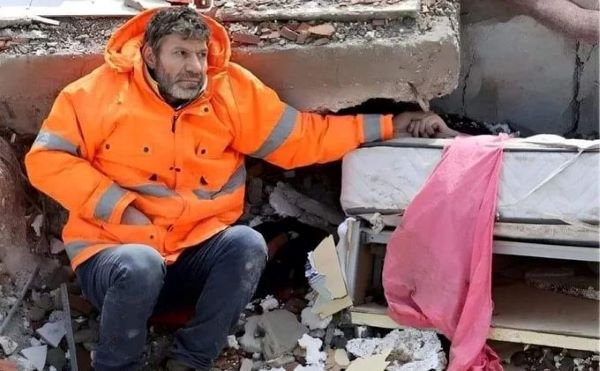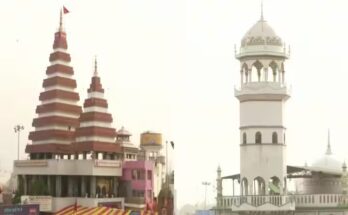
R Krishna Das
In the small hours of February 6th, a devastating earthquake ripped across southern Turkey and northern Syria killing over 16,000 people, flattening thousands of buildings, trapping their inhabitants in the rubble.
Turkey President Recep Tayyip Erdogan said the country had been shaken by the “strongest disaster in a century”. But why was the earthquake so deadly, and what could have been done to protect people from it?
Earthquakes are caused by the movements of tectonic plates, great segments of Earth’s crust that are dragged about by convection currents in the hot mantle below. Though, maybe it should have been. Turkey is one of the most seismically-active areas in the world, sitting on the Anatolian Plate, between two major fault lines.
The earth’s surface is broken into various parts that fit together like a cosmic jigsaw puzzle. Those pieces are always rubbing against each other, shifting the ground one walk on very slowly. But sometimes the tension builds up and one or both of the plates slip, releasing an incredible amount of energy in the form of an earthquake.
Most modern cities, particularly those on significant fault lines, have strict regulations on construction, ensuring buildings don’t easily collapse during an earthquake. In Turkey’s capital city of Istanbul, most of the high-rise buildings are designed to withstand most earthquakes.
That is not the case in Gaziantep, near the earthquake’s epicenter. While a major city and a provisional capital, Gaziantep is not as modern as Istanbul and many of its high-rise apartments weren’t built to the same standard, which is ultimately what caused the collapse of multiple high-rise buildings. Many viral videos show buildings falling straight down, with the higher floors crushing the floors below it.
Syria also suffered significant damage and casualties from the earthquake. Turkey’s southern neighbor had at least 1,444 deaths as a result of the quake, a number that, like Turkey’s, is still expected to rise.
Syria has been engaged in a civil war for years. The buildings were badly damaged from the fighting, but when Syrians rebuilt, it was done rapidly and without much oversight. Like Gaziantep, it did not consider earthquake preparedness during construction.
On top of everything else, the inclement weather has not been cooperating with the rescue teams. When the earthquake hit, Gaziantep has been witnessing heavy snowfall and the area had been under snow cover by the time the sun rose. The freezing rain later in the day made rescue efforts more difficult.
Most of the cities hit by the quake are without power. Trapped survivors could be freezing to death, and the lack of light and electricity makes them even more difficult to find.
The earthquake in Turkey on Monday was the deadliest since 1999 when a 7.4 magnitude earthquake killed more than 17,000 people. The World Health Organization (WHO) estimates the skyrocketing death toll could increase eightfold.
If true, that would make it the worst natural disaster Turkey has suffered since 1939, when a similar quake killed over 33,000 people.



